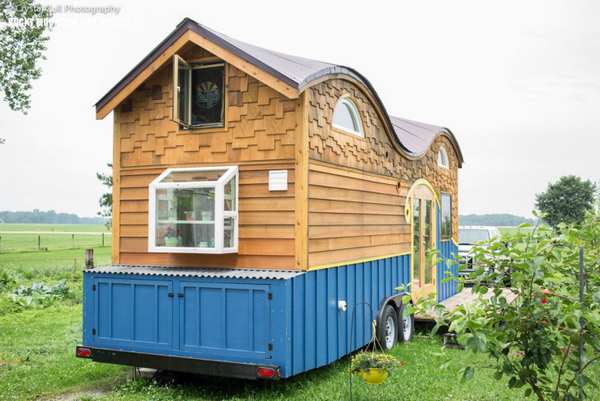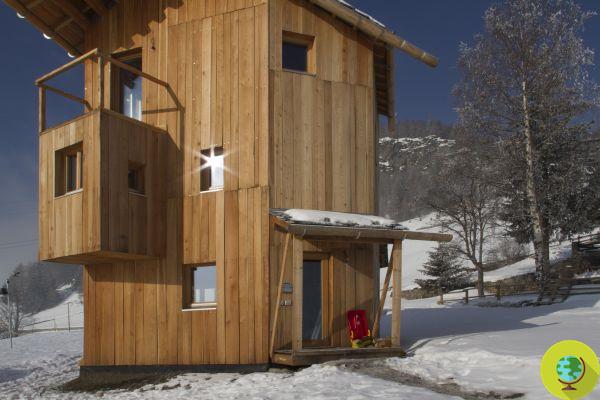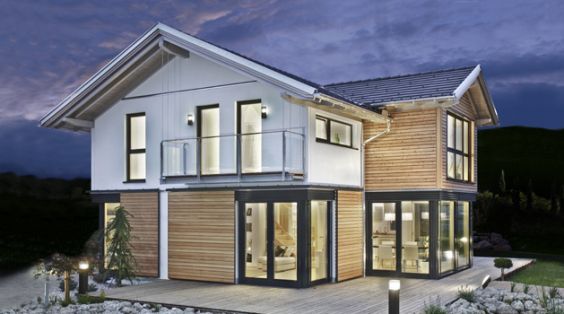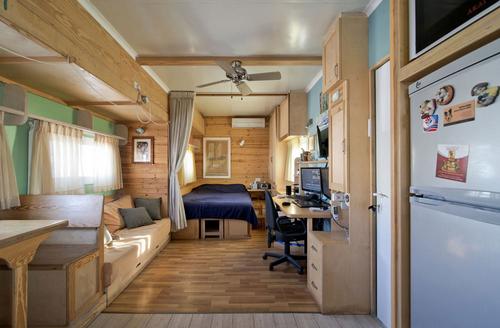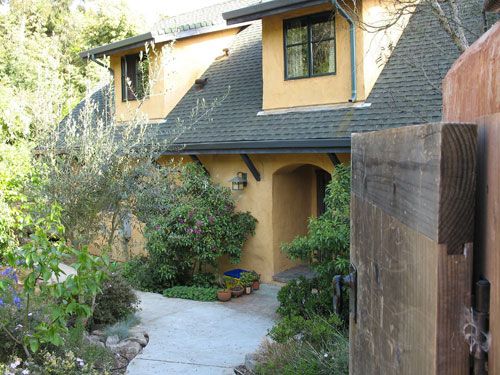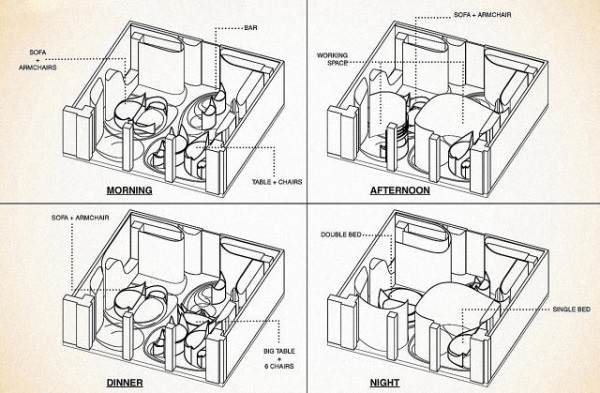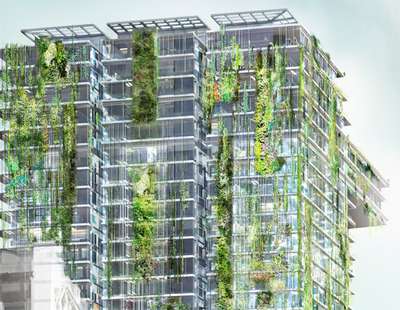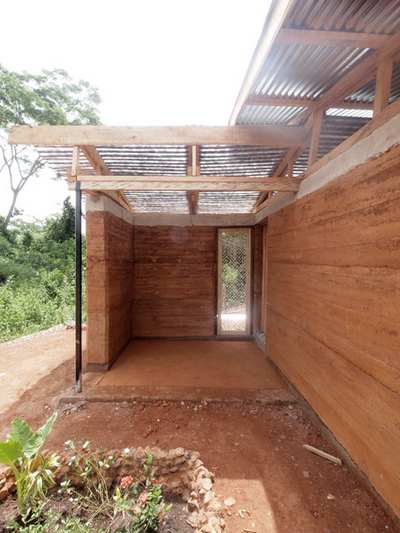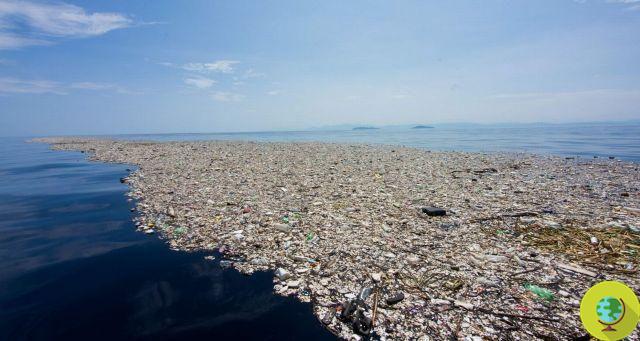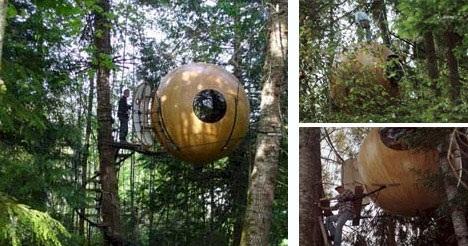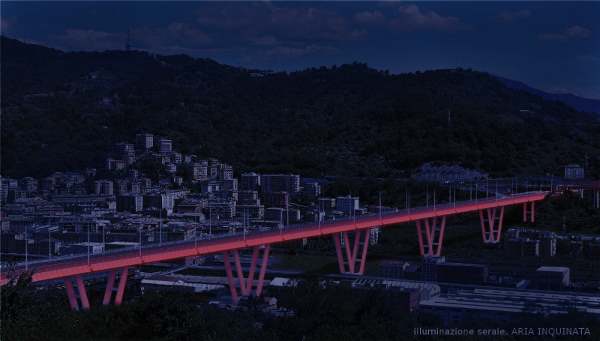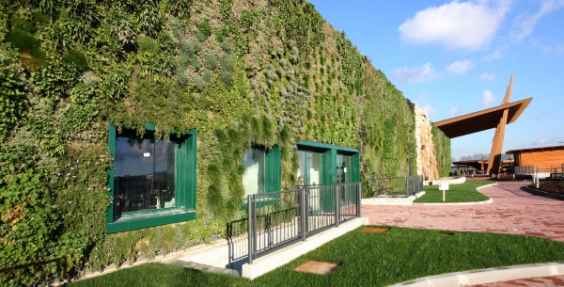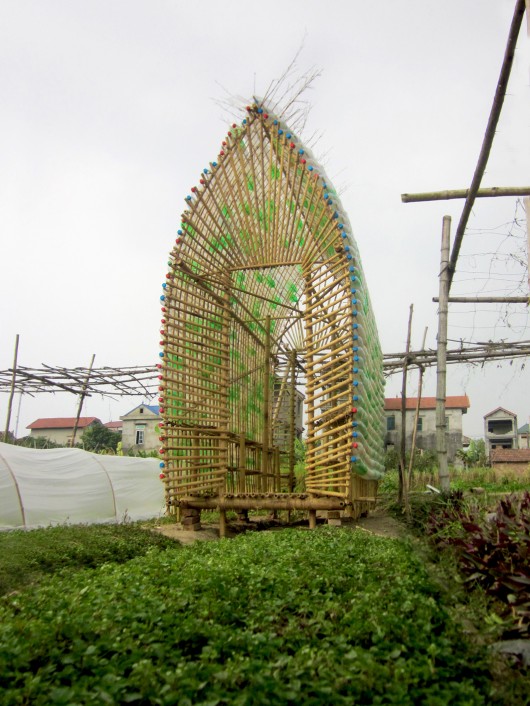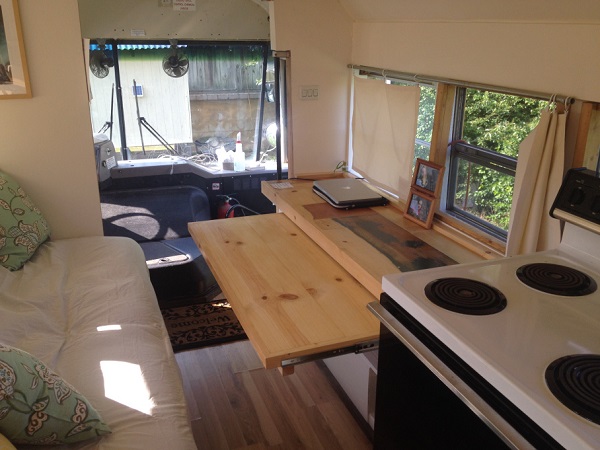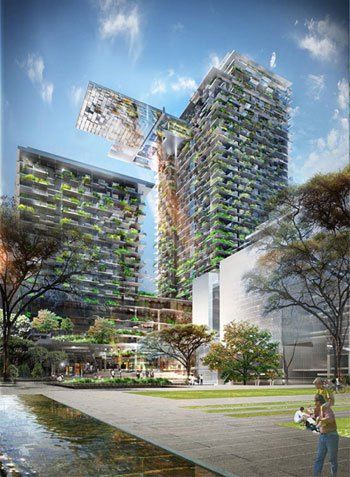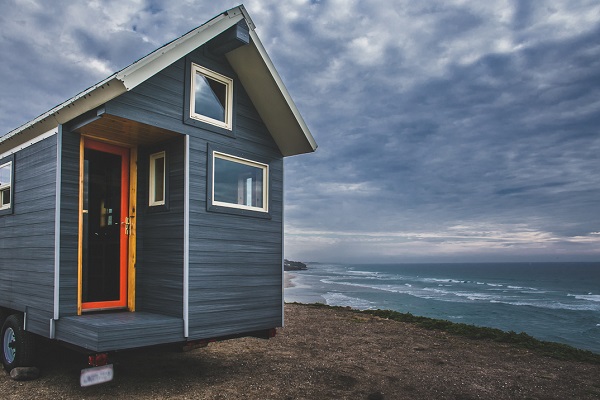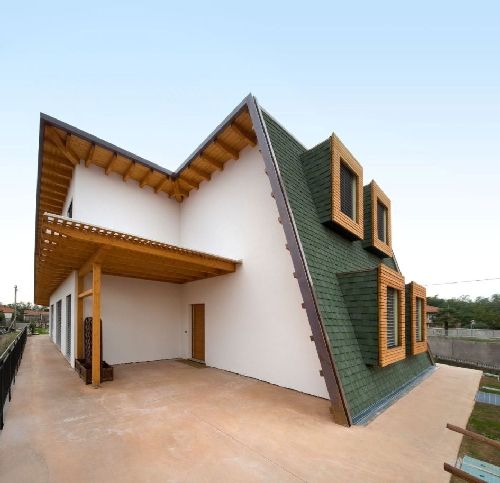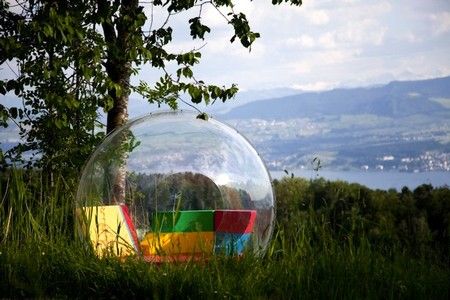He is about to end up run over, his mother saves him
Yanweizhou Park, inaugurated in 2014 in the Chinese city of Jinhua, is an example of how urban spaces can reconcile with nature (and reap great benefits).
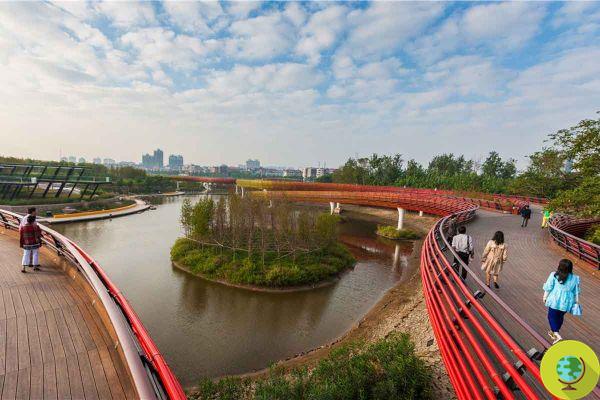
© Turenscape
China is the most polluting country in the world, responsible for around 30% of all global CO2 emissions, yet its policy oriented towards sustainable urbanism could be taken as a model by all large metropolises to address their challenges for mitigate the consequences of climate change. A clear example of this policy is the parco Yanweizhou in the city of Jinhua, where it was possible to solve the problem of floods, redeveloping urban areas in total harmony with nature.
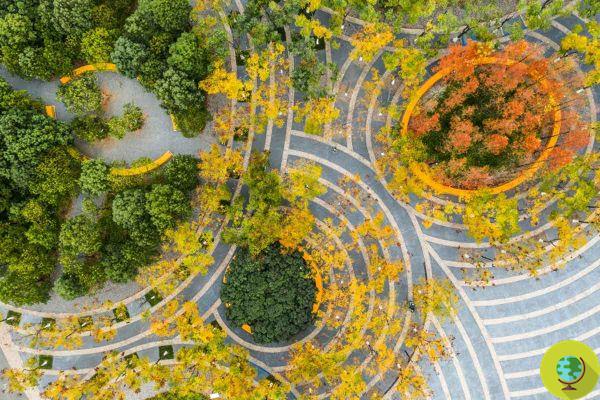
© Turenscape
Jinhua has a monsoon climate and is hit by floods every year. The Yanweizhou Park it was created with the rivers that flow into the territory in mind, so that their flow can be ecologically controlled. In addition to "making friends" with the waterways and preserving the biodiversity of the area, the project broke down the reinforced concrete protective barriers that existed and allowed its approximately 5,5 million citizens to recover their common areas and reconnect with nature.
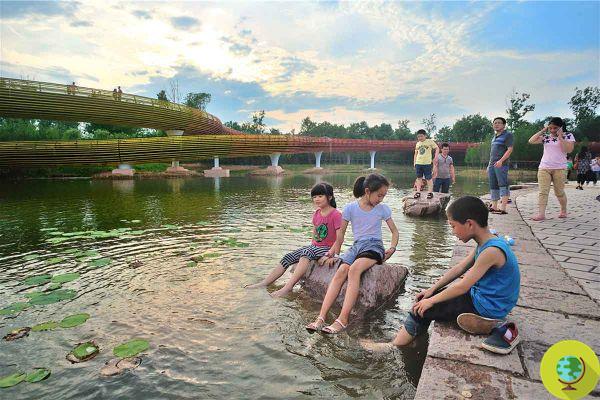
© Turenscape
A large resilient ecological park, built with a mixed system of terraces, selected vegetation respecting the climatic conditions of the place, embankments, paths, floodable paths and a serpentine bridge. The project, winner of the World Landscape of the Year award at the 2015 World Architecture Festival, gave the city a new identity, making it acclaimed for its poetic landscape.
Kongjian Yu's sustainable architecture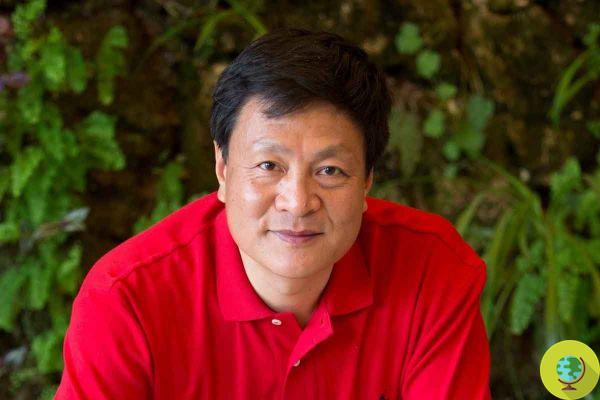
© Turenscape / Facebook
Behind this wonderful project is Kongjian Yu, a renowned Chinese landscape architect expert in sustainable urban planning and design and founder of the Turenscape studio. His ambitious projects break the mold of Asian urban planning and try to balance the accelerated development of cities through respect for the environment. (READ also: Hobbits houses: from cinema to model for bio-architecture)
Over the course of his career he has won countless awards, the most recent being the Sir Geoffrey Jellicoe Award 2020 from the International Federation of Landscape Architects (IFLA), an award that celebrates a living landscape architect whose achievements and contributions have had a unique impact and lasting on the well-being of society and the environment and on the promotion of the landscape architecture profession.
Yu defines landscape architecture as the art of survival. For over 20 years you have spent your career fighting against the deterioration of urban ecologies and the environment. His research has been adopted by the Chinese government as a facility for nationwide ecological protection and reconstruction campaigns.
In addition to Yanweizhou Park, its most recognized projects include Shanghai Houtan Park, Harbin Qunli Stormwater Park, Qinhuangdao Red Ribbon Park, Zhongshan Shipyard Park, Tianjin Quaoyuan Park, Qian'an Sanlihe Greenway, Quzhou Luming Park and Sanya Mangrove Park.
View this post on Instagram
A post shared by Turenscape (@kongjianyu_turenscape)
Undoubtedly Kongjian Yu is one of the most influential architects in the world, his Yanweizhou Park shows us how a respectful relationship with nature can not only redevelop urban areas, but contribute to solving some environmental problems, also mitigating the consequences of climate change.
According to the World Bank, 55% of people in the world live in cities and this trend could increase as it is estimated that in 2050 the urban population will double: almost 7 out of 10 people will live in urban areas. Sustainable development will increasingly depend on the correct management of urban growth, which is why projects like this are precious resources.
You might also like:
- Sustainable and supportive architecture
- Bioarchitecture: Shigeru Ban's incredible cardboard cathedral
- Bioclimatic design at the service of bio-architecture
- Open spaces, sofas and large windows. How and why Finland is changing the architecture of its schools
- The richest 1% cause double the CO2 emissions of 50% of the poor, the Oxfam alarm




